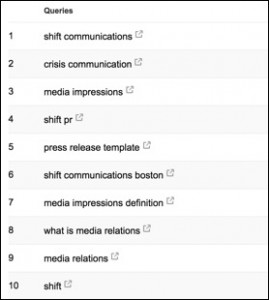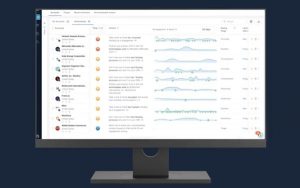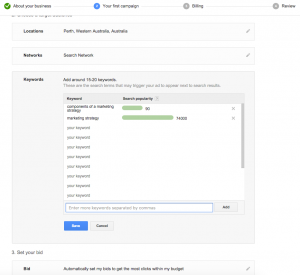In this article, I’ll look at some of the current SEO best practices, whilst dispelling myths and outlining which tactics are redundant for brands and businesses at the moment. Primarily, this focuses on the UK market.
Search engine algorithms:
The infamous upgrades, Penguin and Panda, targeted issues such as spammy backlinks, duplicate and low-quality written content, machine-generated content, and more. These activities are associated with trying to “game the system” and improve organic rankings; a form of manipulation that the search engines no longer reward. The values of quality, consistency, and relevancy are all far more important now than they were a few years ago.
The mobile revolution:
The mobile revolution is here, and it’s sticking around. More than ever, users are searching on mobile rather than desktop, which is an increasingly established trend. Mobile-optimised content is preferred by Google and other search engines for mobile devices and tablets, and desktop-orientated websites are being left behind. Furthermore, there is more emphasis on site speed, to improve the user experience as much as possible.
The focus on keywords:
Google is now combining keywords in groups of themes, and has vastly improved in the deduction of intention (meaning), context, and synonyms for search queries. Volume of keywords is no longer the primary focus for digital marketers, and many well-practiced tactics are becoming obsolete.
Regardless, there are a number of issues that are important to understand about keywords in SEO. Firstly, title tags remain critical – which is particularly pertinent to local SEO. Furthermore, header (H1) keyword strategy is still important. Overall, the themes, topics, and quality of content on your site, your individual pages, and other linked sites is paramount.
Common errors:
There are a number of strategies that have become redundant, or at least less effective. For example, meta tags (keywords) and meta descriptions no longer impact rankings. As we’ve already mentioned, quality of backlinks is better than the number of backlinks. Furthermore, PPC cannot be said to influence organic SEO activities.
In addition, there’s a misconception that social media directly impacts rankings. This is not the case. However, better distribution will maximise content reach, establish an audience, and give better prospects for backlinks. These, in turn, do influence rankings.
How to improve traffic and organic rankings
Backlinks:
The two key elements are; high-quality content, and high-quality backlinks. Your site’s authority is determined by how the search engines perceive the authority and relevance of your root domain, whilst implementing same analysis for your key individual pages. If your relevance and authority outperforms your competitors, you have a better chance of ranking.
Some key tips:
- It’s imperative to have more high-quality backlinks than your competitor’s page if you want to outrank it. This means more high-authority links, which you can measure using tools such as Moz, Majestic, and A HRef.
- Don’t be foolish with anchor text optimisation. A Google penalty shall never be far away with this approach.
- Acquiring links must remain a manual process, involving human interactions and relationship-building. SEO tools will assist in the identification of opportunities, but the legwork should always be done manually.
- Don’t buy backlinks. Instead, invest time, energy, and budget into creation outstanding content. Risks are indeed lower by avoiding Google’s glare, but the benefits of genuinely high-quality also outweigh link-buying. Focus on distribution to maximise the impact of this content, and the backlinks will come naturally.
Technical SEO
Below, I’ll outline some of the key technical considerations for SEO in the current digital marketing landscape.
- Monitor your number of indexed pages. To achieve this, type site:YOURDOMAIN.COM into Google, and see what the search engine returns.
- Ensure crawlability. Check your Robots.txt file, use an SEO crawler (such as Screaming Frog) to monitor blocked pages and other issues, and ensure all internal website resources are crawlable.
- Remove duplicate pages and consolidate areas that have similar content and copy.
- Remove all broken links. These are bad for users and search engines.
- Monitor and review your sitemap regularly.
- Test your site speed using Google’s free tool.
- Ensure a relatively shallow and user-friendly website navigation, with core pages no more than three clicks away from the homepage
Keep on top of your redirects. Multiple redirects slow your site and impact usability. Always distinguish and use 301s rather than 302s, if possible.
Digital & Social Articles on Business 2 Community(59)





